Hillion Mall at Singapore's first integrated development and transport hub in the West
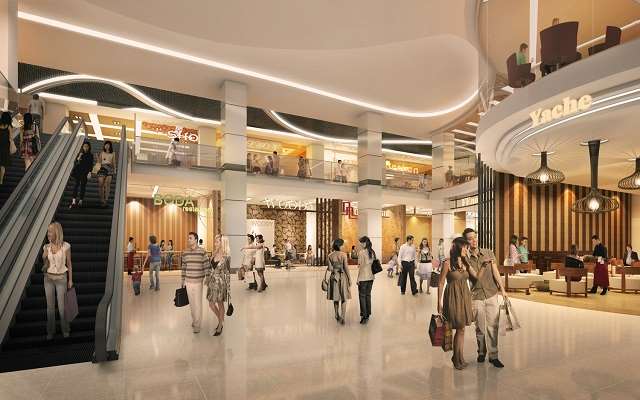
Hillion Mall which obtained its Temporary Occupation Permit (TOP) on 30 December 2016 will open on 24 February this year to become the pulse of Bukit Panjang, catering to more than 220,000 residents1 and 760,000 commuters2 in one of the fast-growing neighbourhoods. It will celebrate its opening with a series of carnival-themed events and activities for all members of the community
The mall, the first of its kind in the western part of Singapore, is seamlessly connected with Hillion Residences as well as a bus interchange (U/C), MRT station on the Downtown Line and LRT services to make Bukit Panjang the ninth town in Singapore to have an integrated transport hub3. Directly connected to Bukit Panjang MRT Station via an underpass at Basement Three, commuters will have direct access to the entire transport network from the mall. Hillion Mall is also well served by the Bukit Timah Expressway (BKE) and the Kranji Expressway (KJE).
Recognising these opportunities, tenants have taken up over 100 retail shops or over 90 per cent of the mall's approximate 174,730 square feet of net lettable area. Developed by Sim Lian JV (BP Retail) Pte. Ltd.4, approximately one-third of the mall has been dedicated to the food and beverage sector, while close to 45 per cent of the retail space has been allocated to lifestyle choices.
Sitting atop Hillion Mall is the 546-unit Hillion Residences which features a wide variety of unit types from one-bedrooms to family-friendly, spacious units such as the penthouses. All four-bedroom units have been snapped up and Hillion Residences is expected to receive its Temporary Occupation Permit by September 2018.
Private resale property market to cruise on status quo
2016 proved to be a roller coaster year for the private home market, as prices fluctuated throughout the year but never quite settled into an upward swing. Price increases lasted hardly a quarter before turning the opposite direction and movements differed between regions as well.
Across the board, resale private home prices rose 0.1 per cent. Most of the increase were for properties in the prime districts. Prices here rose 1.8 per cent while falling 0.9 per cent and 0.4 per cent in the city fringe and suburban districts respectively. Location continues to rule buyers' decision-making process and prime district home prices remained stable despite the year-end lack of market activity.
As the rental market continues to wane and competition from completed properties put further pressure on rental prices, more private condominium unit owners may be pushed to sell this year as they come to the end of their 4-year holding period, after which they will have to foot their sellers' stamp-duty bill. Buyers of resale units could have the upper hand when it comes to negotiations in these cases.
The number of private apartment units sold have been falling as well, with 484 units sold as compared to the 618 sold in November. Though the numbers are higher than the 453 units sold in December 2015, it is still a far cry from the 2,050 in April 2010 - a 76.3 per cent fall in fact. Property analysts are expecting prices and sales volume to maintain their current levels, though 2017 could be more a year of keeping the status quo than quick recovery.
Status quo for landed property market this year
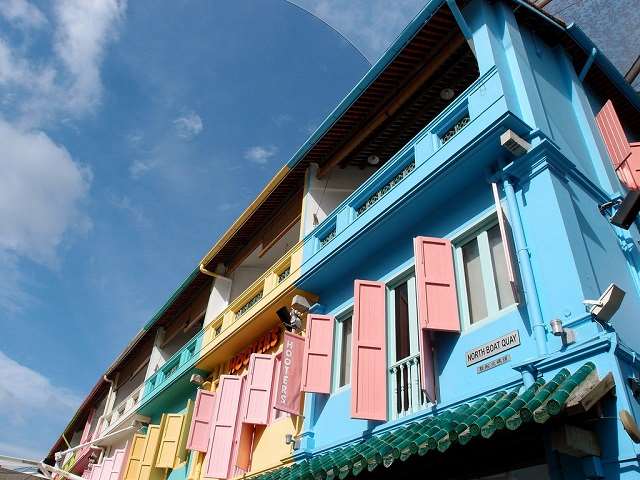
Though figures from the last quarter indicated that landed home prices have risen 0.9 per cent, that was following a 2.7 per cent fall in Q3. Property analysts are careful not to yet call it a market rebound as 2017 may pose a difficult year for the economy.
The landed housing market may continue to feel the pressure this year as cooling measures remain and the economic outlook seems uncertain. In a year-on-year comparison with Q3 of 2013, prices have fallen 14.8 per cent. Overall landed home prices fell 4.4 per cent last year and 4.1 per cent in 2015. The lowered prices could however have been a factor in bringing buyers back. Should sales volume and landed home prices continue to stabilise, the price index may inch up albeit gradually.
There were several considerable transactions in the detached landed house segment and this could have boosted numbers in Q4. One notable sale was for a property in Bishopsgate, at $26.8 million and a couple of others in Holland Park and White House Park at $25.5 million each. Though the Total Debt Servicing Ratio (TDSR) framework implemented in 2013 has limited buyers for private properties across the board, it has more effect on the higher-priced property segments as investors here may have more financial commitments.
Despite a muted landed housing market last and possibly this year, landed homes remain much sough-after and investors in these segments may be bolder in their attempts to close deals this year.
Resale HDB market looking at a year of stabilisation
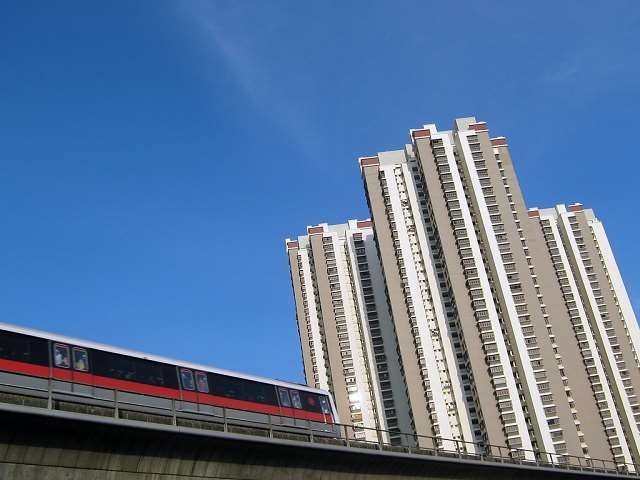
Transaction volume and prices of resale HDB flats dipped once more last month, following a rise in November. Prices of resale HDB units fell 0.3 per cent in December and 13.9 per cent fewer transactions were recorded in midst of the usual year-end quiet. A total of 1,364 resale flats were sold last month.
Larger units such as the executive flats and 5-room flats saw a bigger price decline of 0.9 and 1 per cent respectively. Prices of rarer 3-room and 4-room units dipped only 0.1 and 0.2 per cent. The steeper decline for the bigger flats could be due to declining private property prices, which may steer some buyers towards that direction. Smaller HDB flats are priced much lower than the same in the private property sector, thus the pool of buyers for these units are considerably more stable though now that singles can apply for 2-room flats directly from HDB, the pool could have diminished slightly.
Prices of resale HDB units in non-mature estates fell the hardest at 1.2 per cent year on year, possibly due to competition from the rising number of private residences in the suburbs. In mature estates on the other hand, prices have risen 1 per cent. Overall, with prices fluctuation within the 1 to 2 per cent range, analysts consider the market stabilised after years of gradual decline since 2013. The market could be reaching a zero per cent change soon and with the current market levels remaining unchanged, buyers are beginning to take the opportunity to snap up units in the resale market when a suitable deal comes up. Resale transactions may rise up to 15 per cent this year.
Global Property News
Technology companies in Asia Pacific are trading up their real estate
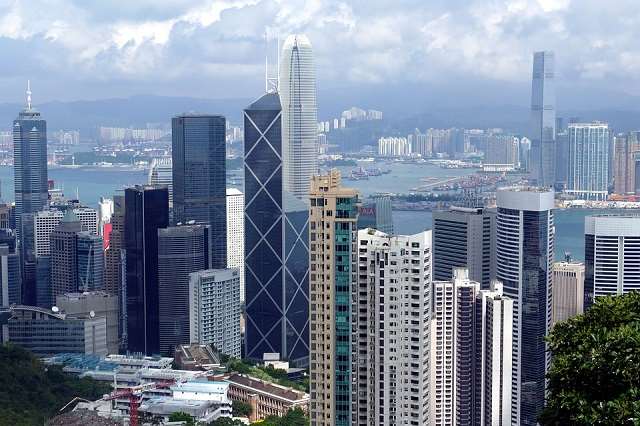
The technology sector has upgraded its image with first-rate office space in prime office locations. "Silicon Valley"-like pockets have popped up across Asia in cities such as Shenzhen and Bengaluru. Similar to financial services companies clustering near stock exchanges, tech companies are building hubs in Asia to aid their business growth, with prime office locations providing better access to talent pools. Firms, including the major hardware designers, internet and e-commerce players, are no longer relegated to less expensive, lower quality buildings.
According to a new report from JLL, which analysed occupancy across 17 cities in Asia Pacific, tech companies are occupying a substantial share of Grade A office buildings and business parks. In some markets, tech firms occupy more than 20 percent of Grade A space, including Indian cities New Delhi, Mumbai, Bengaluru, Chennai, as well as Tokyo, Bangkok, Manila and Sydney.
The top three factors driving companies' office location choice include access to talent, supportive government policies, and cost. Supportive government polices include incentives such as tax holidays and rental rebates, and has been observed to be particularly attractive to companies. Cost remains an important factor too, with several tech companies exploring shifting data centres off-site as one of their cost-cutting strategies.
Hong Kong's property prices expected to rise further
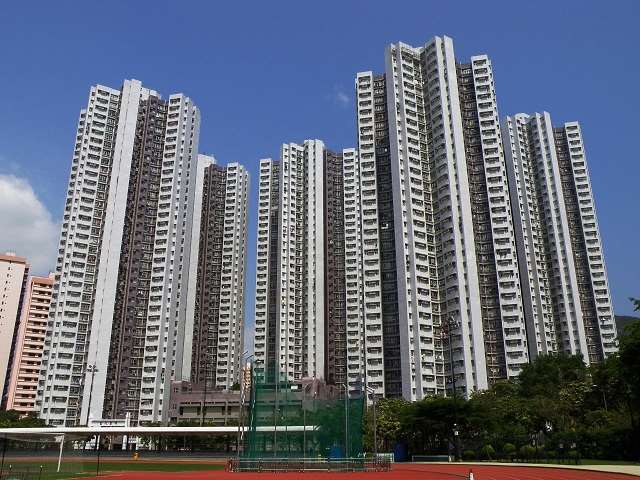
As one of Asia's, if not the world's, most expensive cities to live and work in, it comes as no surprise that the real estate in Hong Kong is one of the world's costliest.Despite the Hong Kong government's repeated attempts to cool the market, with implementation of stamp duties and laying down of other purchasing restrictions, property prices in Hong Kong have continued to climb. And things could be heating up even more this year as even Mr Li Ka Shing, the country's richest man, predicts the market still have room for property prices to climb further. In November last year, private property prices reached a peak unseen since 1979 when the data was made available by the city's rating and valuation department.
Although there has been some political unrest, mostly civil, in the city and interest rates have been on the rise, there is still space apparently, for slight rise in prices this year. It will not be a smooth ride up, but there will be increments made nonetheless. China Overseas Land and Investment for example has listed the prices of their latest private residential development in the former Kai Tak airport area for almost 20 per cent higher that the same which were sold in August. In a city where liveable land is scarce, developers have been known to pay exorbitant prices for land sites, for example the record ids for sites in the same Kai Tak airport area for US$1.8 billion or S$2.58 billion.
Sparks of hope in property market
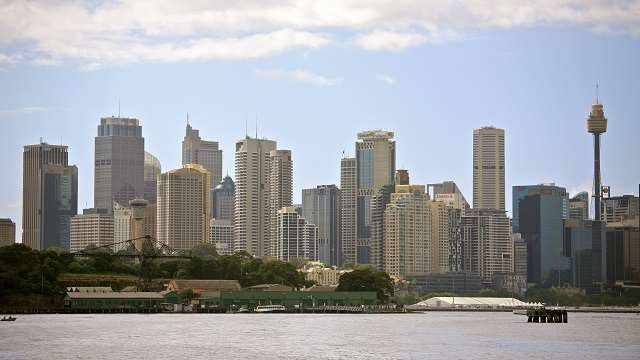
Despite the prolonged property lull, analysts are hopeful that a few sparks of recovery will begin to rejuvenate the market this year. The office sector may boost the commercial market while high-end luxury homes will hold up the residential property segment.
As far as regions go, the core central region is heating up in terms of foreign interest in both residential and commercial properties. The sliding private home prices, by 11 per cent since 2013, have brought investors back into the luxury homes market. Currency valuation will however continue to play a part in the movement of investment money, and Singapore will still have to compete with other cities such as Melbourne, Sydney and Shanghai for investors' attention.
Compared to other major cities such as Hong Kong, New York and London however, apartment prices here have fallen and will become more appealing to foreign buyers as the potential for yields in the medium term is considerable, especially as these specific market segment is expected to perform well this year.
The collective sales market is another to watch in 2017, as developers are expected to collaborate to build up their store of land sites for long term yields. There might also be acquisitions of smaller developers by larger ones in order to participate in the government land sales programme. Property prices are expected to remain stable but depending on a property's rental yields as a means of investment or profit could become less attractive as investors find it more difficult to find tenants in an increasingly competitive market.
For more District Guides, you can head over to iProperty.com Singapore.









 Photo credits:
Photo credits: 

 Photo credits:
Photo credits:  Commercial Tower 1
Commercial Tower 1 Commercial Tower 2
Commercial Tower 2 Alfresco
Alfresco Promenade
Promenade Public Realm
Public Realm



















































 Photo credits:
Photo credits: 


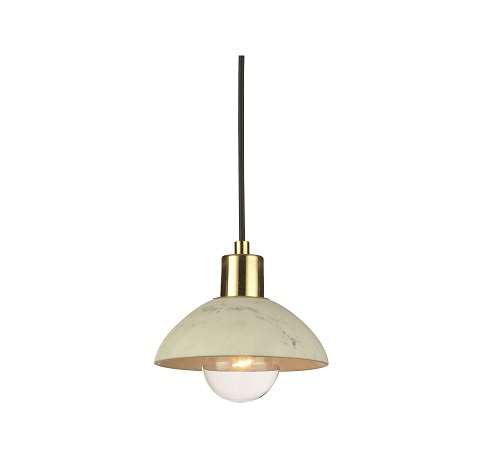
 Eagle End Table $190, from Star Living
Eagle End Table $190, from Star Living


 Cassina 194 9 tables by Piero Lissoni from $2816, from Dream Interiors
Cassina 194 9 tables by Piero Lissoni from $2816, from Dream Interiors Treasure Crest
Treasure Crest 























 Photo credits:
Photo credits: 







 About TG Development
About TG Development 

 - 80% of overseas capital invested in Central London offices originated from outside Europe- China and Hong Kong accounted for largest overseas investment into Central London office space 16 February 2017, Singapore - According to Knight Frank's The London Report - 2017, the Central London property market has witnessed significant capital inflows since the referendum, despite an initial pause for breath. For London real estate, the shift towards a wider world of occupiers and investment capital is at an advanced stage. Last year, 73%1 of transactions involved an overseas buyer compared to 65% in Singapore2, 40% in New York2 and 33% in Paris2. A key theme for the market over the last few years has been the rise of the Chinese buyer, whose overseas investment appetite has grown exponentially. While capital controls have been put in place in China to control outflows, Knight Frank expects Chinese investment into London to continue in 2017, although it may slow as overseas reserves are depleted and mechanisms of getting capital out of the country are restricted. Nicholas Holt, Head of Research, Asia-Pacific, Knight Frank Asia-Pacific, says, "Appetite for London commercial property from China and Hong Kong-based investors remains strong. Indeed, the currency advantage that resulted from the outcome of the referendum has made the UK in general even more attractive to these buyers. Looking forward, given the continued drive for diversification, we expect the UK's capital, which boasts strong liquidity and a robust economy, to remain high on Chinese and Hong Kong investors' wish lists." Commercial real estate prevailsLondon's success as a business location saw £9.3 billion of overseas money invested in Central London offices in 2016, out of which 80% were from outside of Europe. China and Hong Kong were the largest sources of foreign investment, accounting for £2.9 billion or 31.2% of total overseas investment, while investment arising out of Asia-Pacific made up £1.0 billion or 10.8% of total overseas investment. Office take-up in Central London for the final quarter of 2016 totalled 3.6 million sq ft, the highest since Q3 2015, 14% above the long-term average and driven by strong activity across the whole market. Seven of the ten largest occupier deals in 2016 were to overseas corporations, particularly from North America, which is the same as in 2015. John Snow, Head of Commercial, Knight Frank, comments, "In 2017, Central London will see international money diversify further, thanks to the fall in the pound's value, widening the range of buyers in the market, and further reducing the importance of the EU as a source of funds. This pattern will play out in other parts of the London economy, given that tech has always been US-biased and finance historically traded across the time zones. "A new growth pattern for the London economy has already emerged, and will now gain momentum, which harks back to its day as the hub of the Commonwealth trade system. The new model is closely entwined with North America and Asia-Pacific, built around common ground on language, law and business practice. Within this new system, London has a Switzerland-like role, as a safe haven to park money as an insurance policy against the unforeseen." Stephen Clifton, Head of Central London Offices, Knight Frank, comments, "A wall of overseas money is migrating towards London in 2017. The main problem facing investors will be sourcing stock. Overall, we enter 2017 with less certainty than many of us would like, or are used to. However, the fundamentals of the London office market are strong. In the leasing market, the tech firms have shrugged off Brexit and are taking space. In the investment market, overseas investors are showing a strong appetite for London offices. We view 2017 as a year that will surprise on the upside."
- 80% of overseas capital invested in Central London offices originated from outside Europe- China and Hong Kong accounted for largest overseas investment into Central London office space 16 February 2017, Singapore - According to Knight Frank's The London Report - 2017, the Central London property market has witnessed significant capital inflows since the referendum, despite an initial pause for breath. For London real estate, the shift towards a wider world of occupiers and investment capital is at an advanced stage. Last year, 73%1 of transactions involved an overseas buyer compared to 65% in Singapore2, 40% in New York2 and 33% in Paris2. A key theme for the market over the last few years has been the rise of the Chinese buyer, whose overseas investment appetite has grown exponentially. While capital controls have been put in place in China to control outflows, Knight Frank expects Chinese investment into London to continue in 2017, although it may slow as overseas reserves are depleted and mechanisms of getting capital out of the country are restricted. Nicholas Holt, Head of Research, Asia-Pacific, Knight Frank Asia-Pacific, says, "Appetite for London commercial property from China and Hong Kong-based investors remains strong. Indeed, the currency advantage that resulted from the outcome of the referendum has made the UK in general even more attractive to these buyers. Looking forward, given the continued drive for diversification, we expect the UK's capital, which boasts strong liquidity and a robust economy, to remain high on Chinese and Hong Kong investors' wish lists." Commercial real estate prevailsLondon's success as a business location saw £9.3 billion of overseas money invested in Central London offices in 2016, out of which 80% were from outside of Europe. China and Hong Kong were the largest sources of foreign investment, accounting for £2.9 billion or 31.2% of total overseas investment, while investment arising out of Asia-Pacific made up £1.0 billion or 10.8% of total overseas investment. Office take-up in Central London for the final quarter of 2016 totalled 3.6 million sq ft, the highest since Q3 2015, 14% above the long-term average and driven by strong activity across the whole market. Seven of the ten largest occupier deals in 2016 were to overseas corporations, particularly from North America, which is the same as in 2015. John Snow, Head of Commercial, Knight Frank, comments, "In 2017, Central London will see international money diversify further, thanks to the fall in the pound's value, widening the range of buyers in the market, and further reducing the importance of the EU as a source of funds. This pattern will play out in other parts of the London economy, given that tech has always been US-biased and finance historically traded across the time zones. "A new growth pattern for the London economy has already emerged, and will now gain momentum, which harks back to its day as the hub of the Commonwealth trade system. The new model is closely entwined with North America and Asia-Pacific, built around common ground on language, law and business practice. Within this new system, London has a Switzerland-like role, as a safe haven to park money as an insurance policy against the unforeseen." Stephen Clifton, Head of Central London Offices, Knight Frank, comments, "A wall of overseas money is migrating towards London in 2017. The main problem facing investors will be sourcing stock. Overall, we enter 2017 with less certainty than many of us would like, or are used to. However, the fundamentals of the London office market are strong. In the leasing market, the tech firms have shrugged off Brexit and are taking space. In the investment market, overseas investors are showing a strong appetite for London offices. We view 2017 as a year that will surprise on the upside."